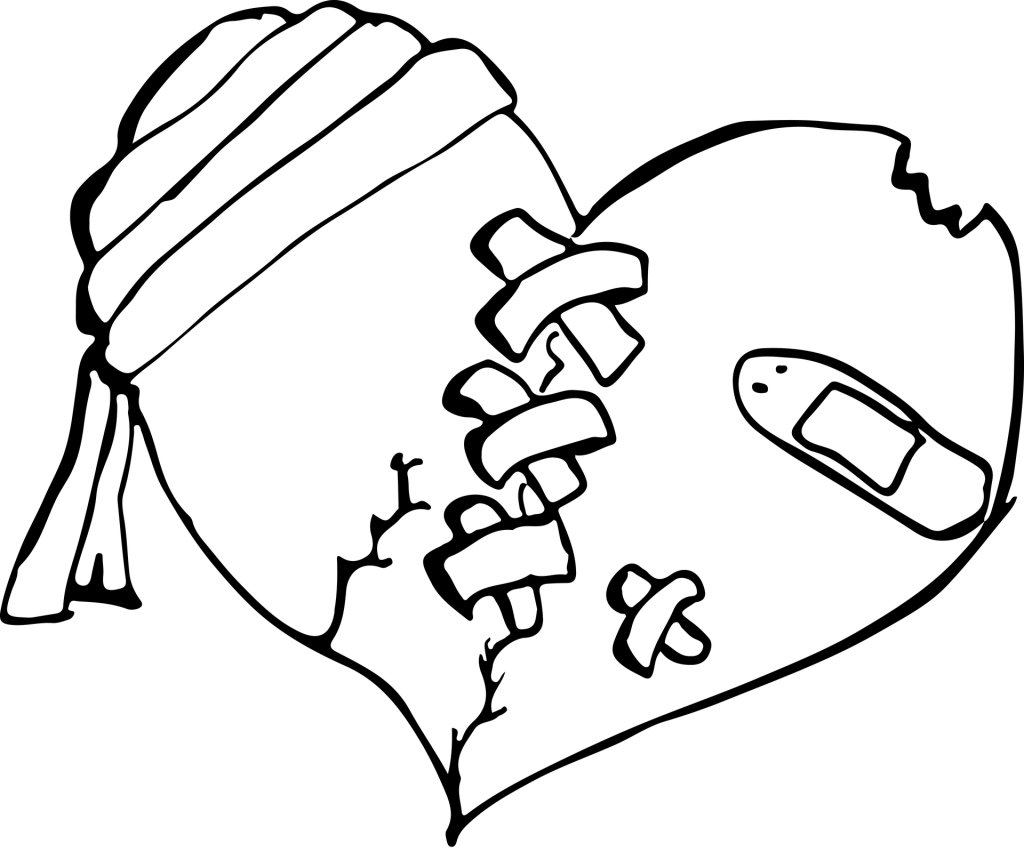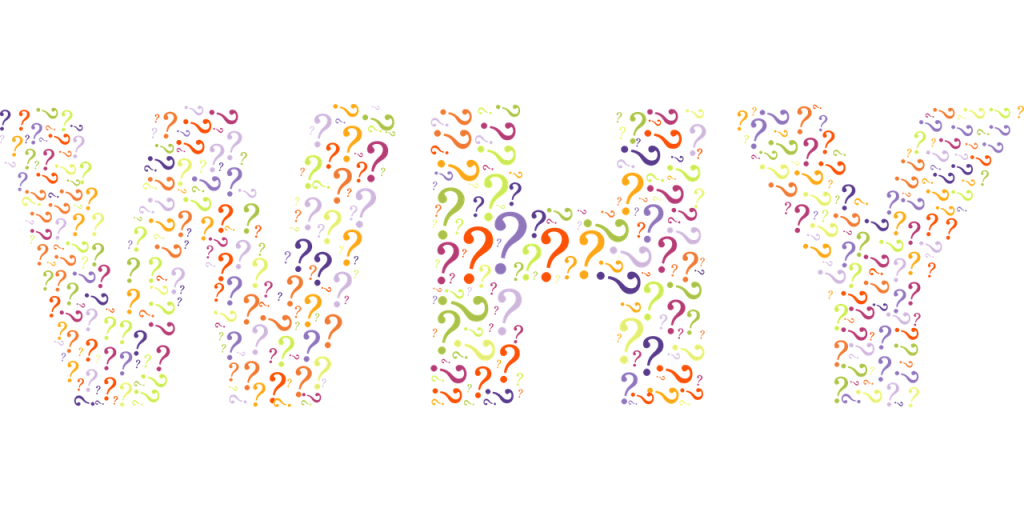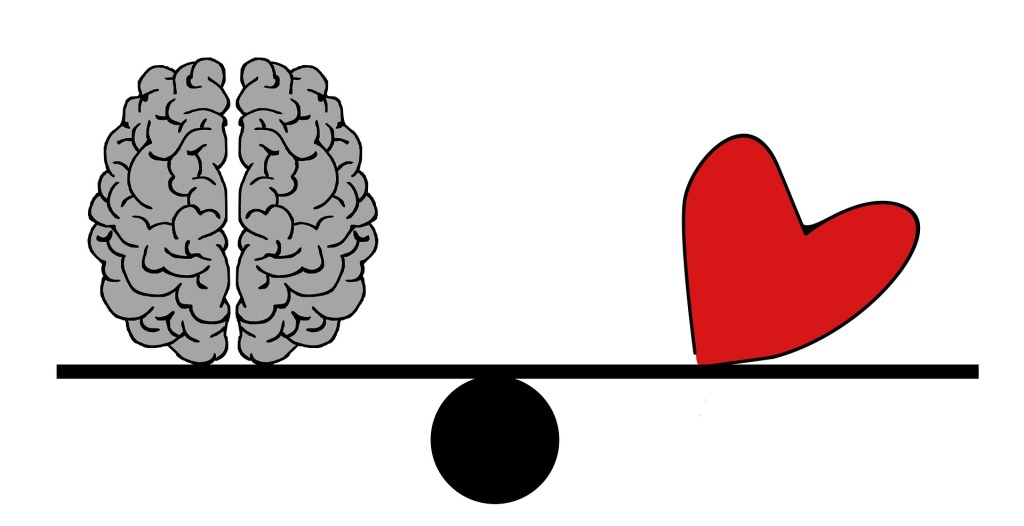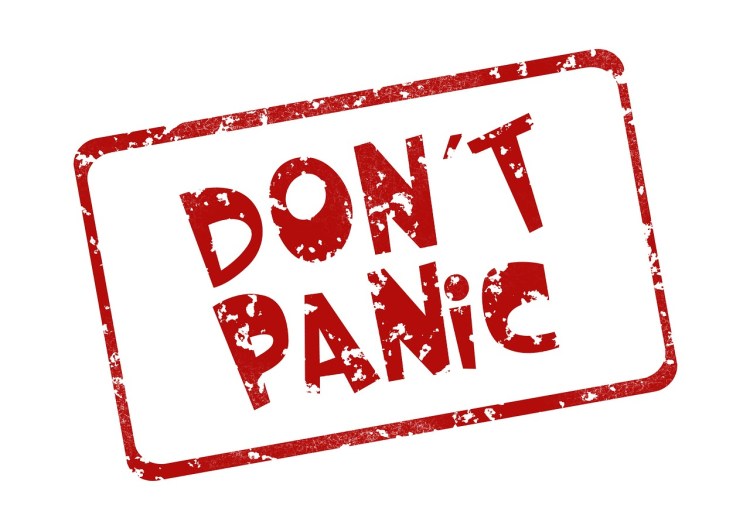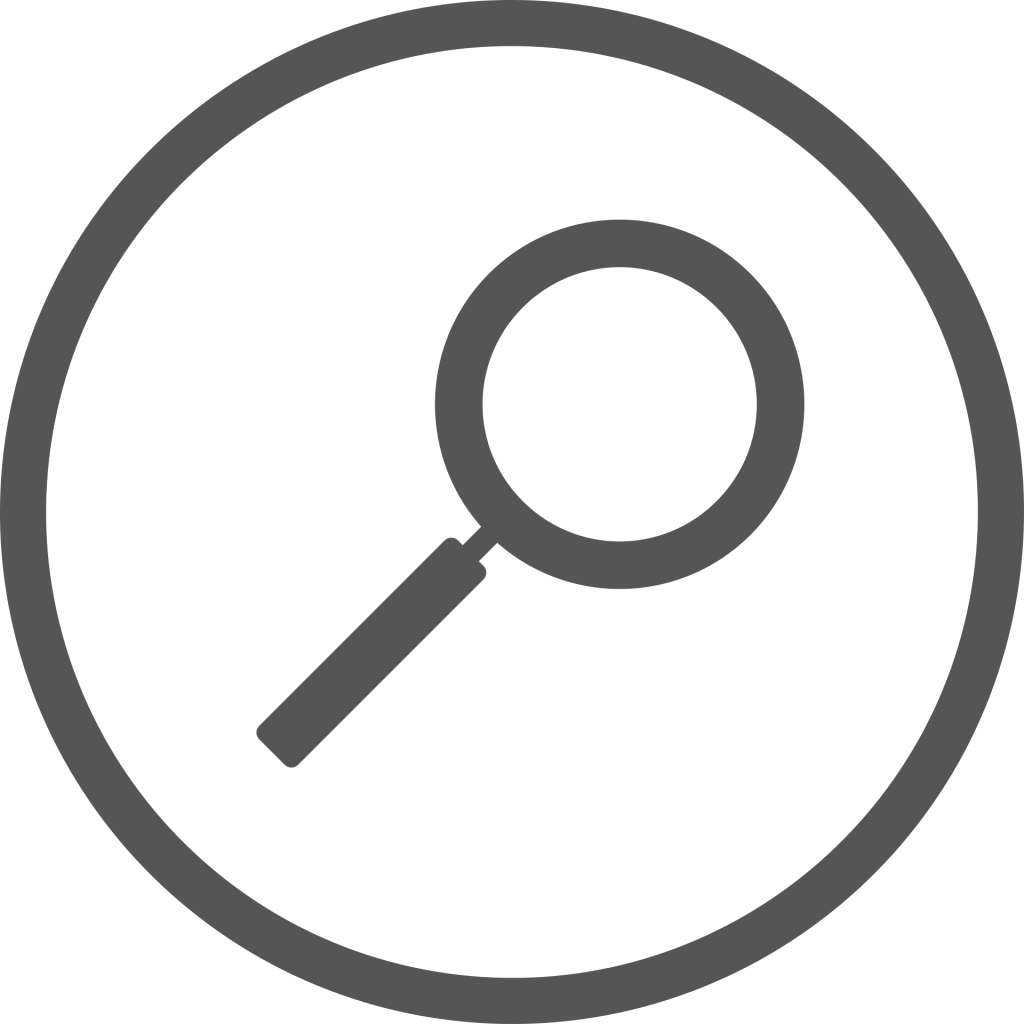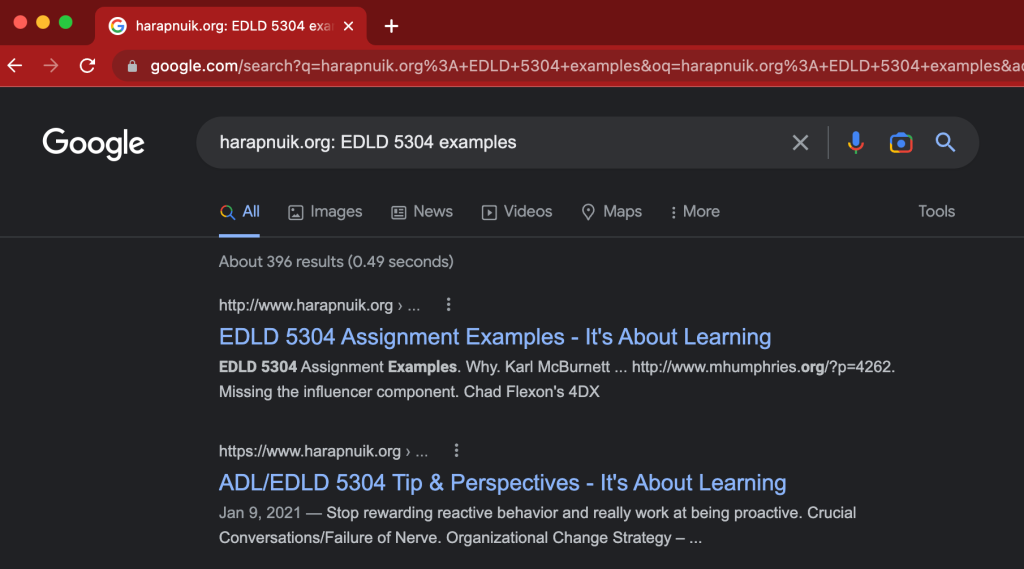Jeni Cross does a great job of outlining that common sense ideas are often antithetical to behavior change in her TEDxTalk. I found Myth #1 interesting. This first common sense myth believes that education or information will change behavior. In this example, the speaker gave a compelling perspective on how we must present information to influence behavior change. The speaker illustrates that we can learn from social science to affect change by making personalized and tangible information for a more significant impact. To do so, “knowing your audience is a key factor in change” (TEDx Talks, 2013a). The recommendation to “frame loss, not gains” was a surprising shift in perspective. Common sense might say to outline and highlight everything an organization will gain from a change strategy but “hearing what you are losing is more motivating than hearing what you are gaining” (TEDx Talks, 2013a). Common sense, myth #2 states that you must address and change attitudes to change behavior, but the speaker illustrates that attitudes follow behavior, not predict it. Therefore, you can avoid fighting to change attitudes by connecting values to behavioral expectations. You instead set expectations. Myth #3 about common sense says social interaction, pressure, and modeling are some of the most significant influences on motivation. An effective way to enact change is to connect behaviors to issues about which people care to “make the change meaningful” (TEDx Talks, 2013a).
The vital behaviors outlined by Joseph Greeny align with many of the cautions proposed by Jeni Cross. For example, Greeny’s first source of influence, personal motivation, sounds like the personalized social interaction defined by Jeni Cross. Creating that tangible presentation helps to increase urgency around the reasons for change. Myth 2 about attitudes and expectations sounds like the vital behaviors identified by Greeny. Lastly, change agents identified by Greeny tie directly to the social norms and modeling outlined in meaningful change efforts by Cross.
The results I wish to achieve through the Innovation to Advising is to equip students with the knowledge and information needed to make informed decisions. The goal is to do this while simultaneously relieving advisors of the repetitive, prescriptive, and informational components of advising to create space for advisor-advisee relationship building and meaning-making through reflection on what is working and what could be better.
References
TEDxTalks. (2013a, March 20). Three myths of behavior change – what you think you know that you don’t: Jeni Cross at tedxcsu. YouTube. Retrieved from https://www.youtube.com/watch?v=l5d8GW6GdR0
TEDxTalks. (2013b, April 26). Change behavior- change the world: Joseph Grenny at tedxbyu. YouTube. Retrieved from https://www.youtube.com/watch?v=6T9TYz5Uxl0

